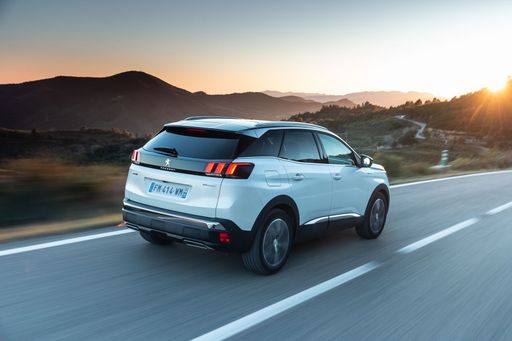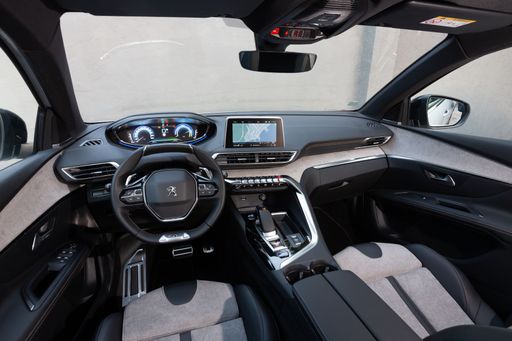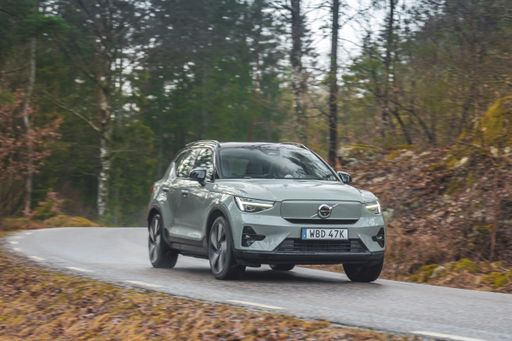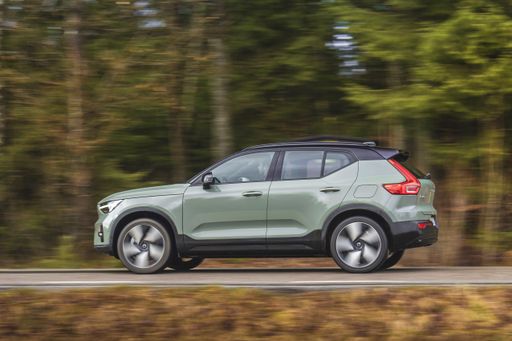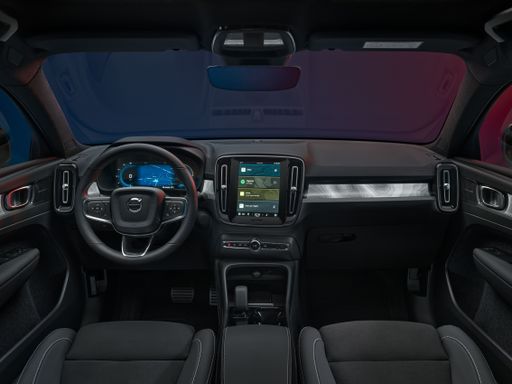A Clash of Innovation: Peugeot 3008 vs. Volvo EX40
The automotive landscape is rapidly evolving as manufacturers strive to offer cutting-edge technology, efficiency, and luxury. In this face-off, we pit the Peugeot 3008 against the Volvo EX40, two formidable SUVs that promise to deliver a blend of performance, comfort, and sustainability. While both models tap into the SUV market, they adopt distinct engineering philosophies tailored to meet the needs of modern drivers.


